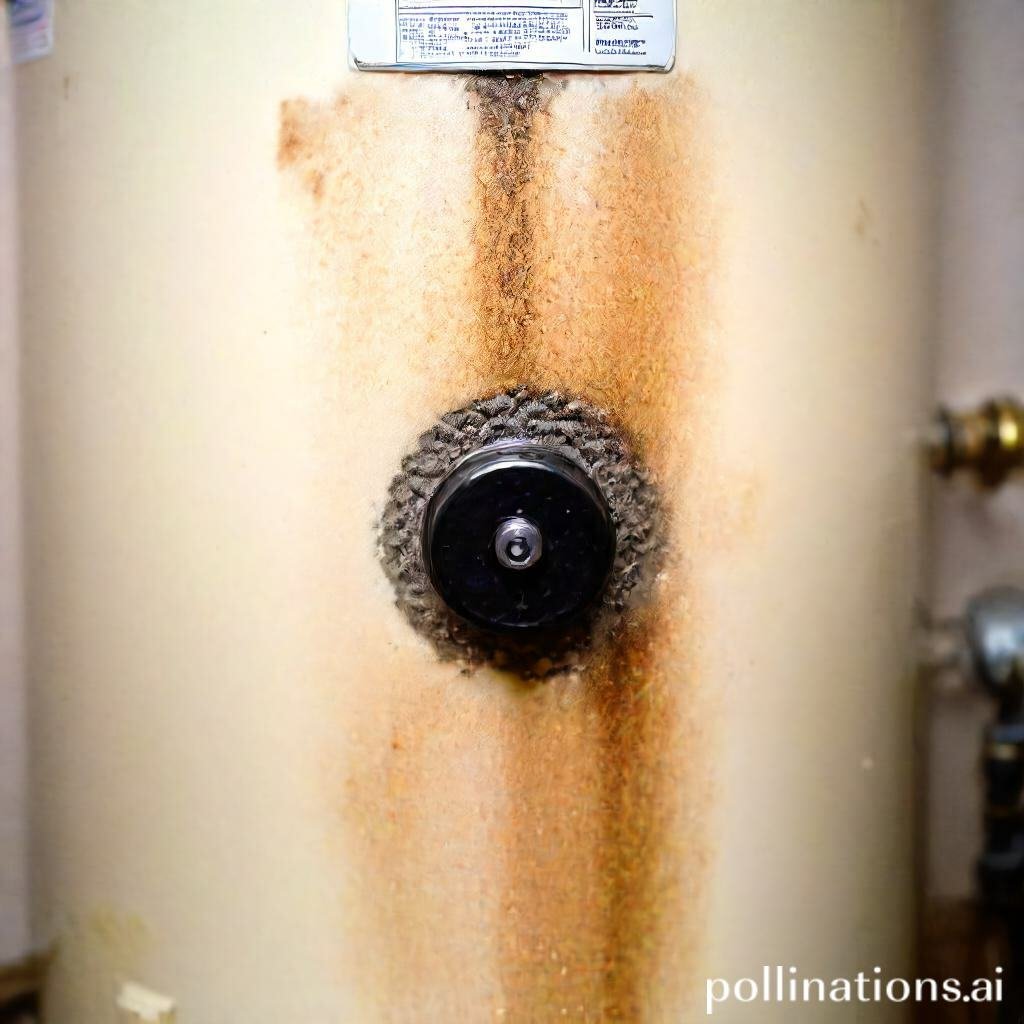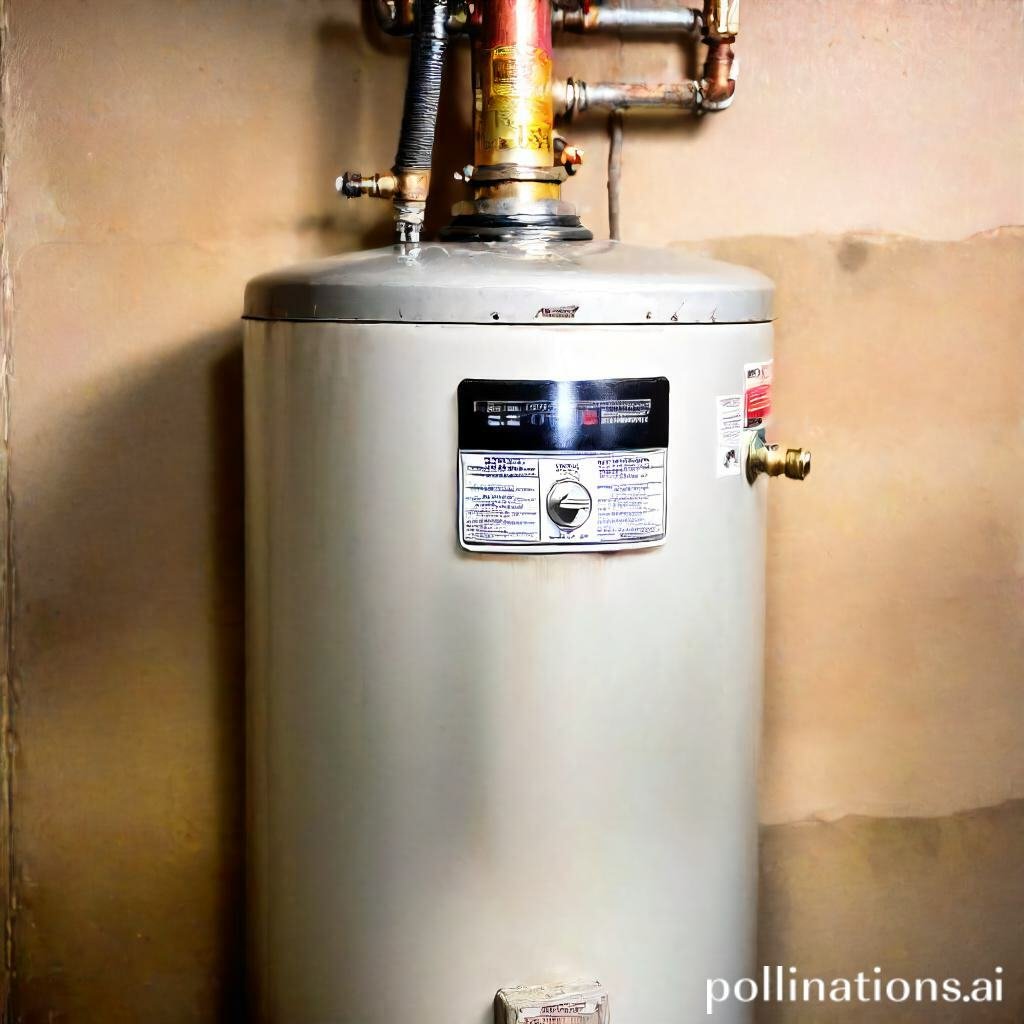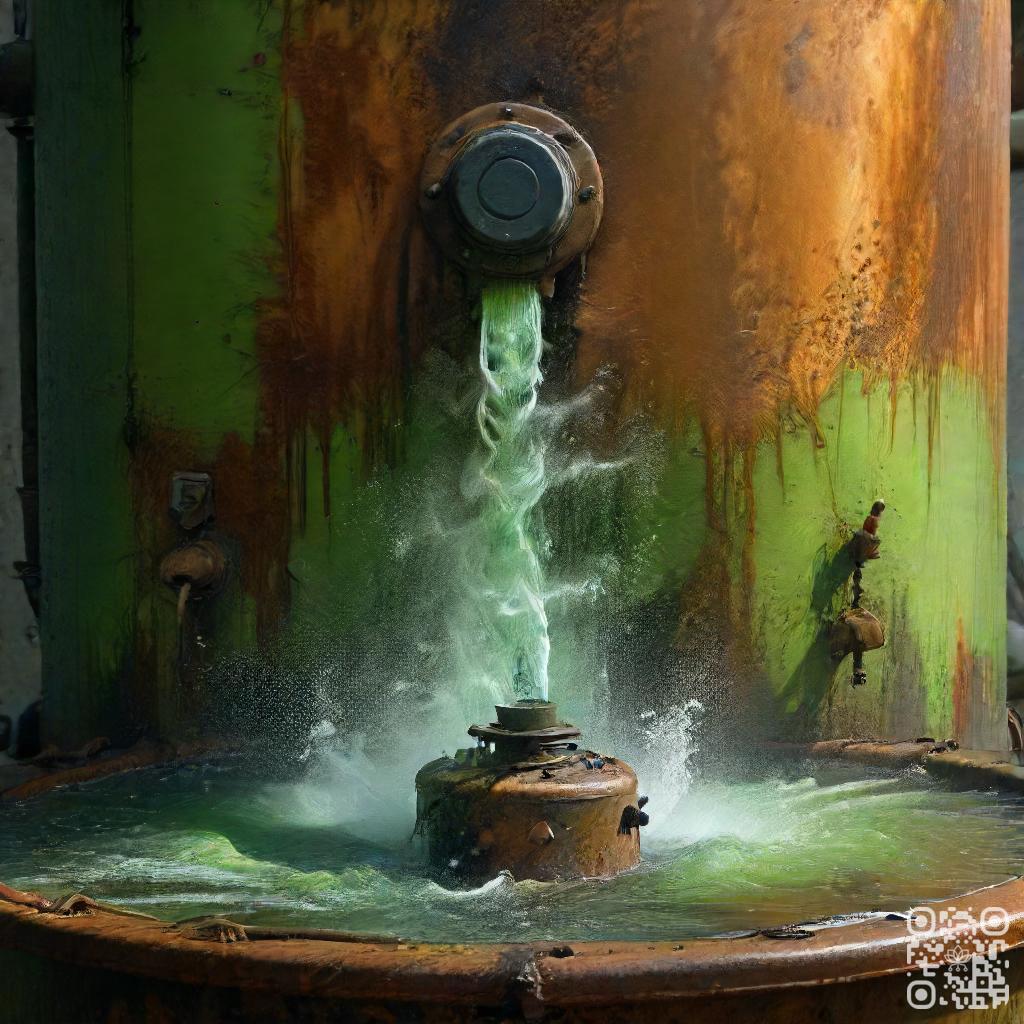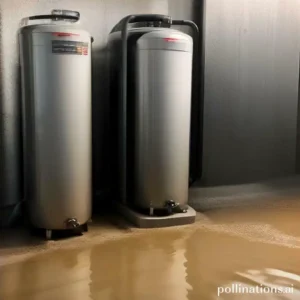
II. Some signs that your water heater needs sediment removal include strange noises, discolored water, and a decrease in hot water supply.
III. To prevent sediment buildup and extend the life of your water heater, it is recommended to flush the tank annually and consider installing a water softener if you have hard water.
Is your water heater not performing as efficiently as it used to? Are you experiencing inconsistent water temperatures or reduced hot water output?
These signs could indicate that your water heater is in need of sediment removal. Over time, minerals and sediment can build up in your water heater tank, causing it to work harder and potentially reducing its lifespan.
Our professional team specializes in sediment removal, ensuring that your water heater operates at its optimal performance. Say goodbye to lukewarm showers and hello to a reliable and efficient water heating system.
What is sediment buildup in water heaters?
Sediment buildup in water heaters refers to the accumulation of mineral deposits and debris at the bottom of the tank over time. This sediment primarily consists of minerals such as calcium, magnesium, and various impurities present in the water supply.
1. Definition of sediment buildup
Sediment buildup occurs when these minerals and impurities settle at the bottom of the water heater tank. As the water is heated, these particles solidify and form a layer of sediment. Over time, this layer becomes thicker and can negatively impact the performance and efficiency of the water heater.
2. Causes of sediment buildup
There are several factors that contribute to sediment buildup in water heaters:
| Causes | Effects |
|---|---|
| Hard water: | Hard water contains high levels of minerals, which increase the likelihood of sediment buildup. |
| Lack of regular maintenance: | If a water heater is not flushed regularly, sediment can accumulate and harden over time. |
| Old age: | As water heaters age, they become more prone to sediment buildup due to wear and tear. |
Sediment buildup can have several detrimental effects on water heaters. First and foremost, it reduces the efficiency of the heating element, leading to increased energy consumption and higher utility bills. Next, it can cause the water heater to make noises or produce less hot water. Additionally, sediment buildup can lead to corrosion and the premature failure of the water heater.
Regular maintenance and flushing of the water heater can help prevent sediment buildup. It is recommended to consult a professional plumber for assistance with flushing and maintaining your water heater.
Signs that your water heater needs sediment removal
If you own a water heater, it is essential to keep it in good working condition to ensure a steady supply of hot water. Over time, sediment can accumulate in your water heater, leading to various issues. Here are some signs that indicate your water heater may need sediment removal:
1. Decreased hot water supply
Have you noticed a decrease in the amount of hot water your heater provides? If so, sediment buildup could be the culprit. Sediment settles at the bottom of the tank, reducing the space available for hot water storage. This can result in a decreased hot water supply and leave you with lukewarm or cold water.
2. Unusual noises coming from the water heater
If you hear strange noises, such as popping or crackling sounds, coming from your water heater, sediment buildup might be to blame. As sediment heats up and hardens, it can create a layer that causes the water to boil and produce these noises. Regular sediment removal can help prevent this issue.
3. Discolored water
When you turn on your hot water faucet, do you notice discolored water, such as a brown or rusty tint? This discoloration is often a sign of sediment buildup in your water heater. Sediment can mix with the water and cause it to appear dirty. Flushing out the sediment can help restore clear and clean water.
4. Foul odor in the water
If your hot water has a foul odor, it could be a result of sediment accumulation. As the sediment breaks down, it can release unpleasant odors into the water. Removing the sediment can eliminate the odor and provide you with fresh-smelling hot water.
5. Leaks around the water heater
Another sign that your water heater may need sediment removal is the presence of leaks around the unit. Sediment buildup can cause pressure issues and lead to leaks in the tank or connections. If you notice any water pooling or dripping around your water heater, it’s crucial to address the issue promptly.
How to Remove Sediment from Your Water Heater
If you’ve noticed a decrease in water flow or strange noises coming from your water heater, it may be time to remove sediment buildup. Sediment can accumulate over time, affecting the efficiency and lifespan of your water heater. Follow these steps to remove sediment and keep your water heater running smoothly:
1. Turn off the Water Heater
Before you begin, make sure to turn off the power supply to your water heater. This will prevent any accidents or injuries meanwhile you’re working on it.
2. Drain the Water Heater Tank
Locate the drain valve on your water heater tank. Attach a hose to the valve and place the other end in a suitable drainage area, like a floor drain or outside. Open the valve to let the water drain out. Be cautious, as the water may be hot.
3. Flush the Tank with Clean Water
Once the tank is empty, close the drain valve and turn on the cold water supply to the tank. This will help flush out any remaining sediment. Allow the water to run for a few minutes until it runs clear.
4. Refill the Tank and Turn the Water Heater Back On
Once the tank is flushed, close the cold water supply valve and remove the hose from the drain valve. Make sure the drain valve is closed tightly. Turn on the power supply to the water heater and wait for it to heat up.
Regularly removing sediment from your water heater can improve its performance and extend its lifespan. By upholding these simple steps, you can ensure that your water heater continues to provide hot water efficiently.

Preventing sediment buildup in water heaters
Sediment buildup in water heaters can lead to various issues, including reduced efficiency, decreased lifespan, and potential damage to the heating elements. To ensure the optimal performance and longevity of your water heater, it is essential to take preventive measures against sediment buildup. Here are some effective strategies to consider:
1. Regular maintenance schedule
Implementing a regular maintenance schedule for your water heater is crucial in preventing sediment buildup. This includes flushing the tank periodically to remove any accumulated sediment. Flushing the tank involves draining the water heater and allowing fresh water to flow through, effectively removing sediment particles.
2. Installation of a water softener
Hard water contains high levels of minerals, such as calcium and magnesium, which contribute to sediment buildup. Installing a water softener can help minimize the formation of sediment by reducing the mineral content in the water. This not only prevents sediment accumulation but also offers other benefits, such as protecting pipes and appliances from scale buildup.
3. Installation of a sediment filter
Another effective measure to prevent sediment buildup is the installation of a sediment filter. This filter traps sediment particles before they enter the water heater, ensuring that the tank remains clean. Regularly replacing the sediment filter is necessary to maintain its effectiveness.
| Preventive Measures | Benefits |
|---|---|
| Regular maintenance schedule | – Enhanced efficiency – Prolonged lifespan – Reduced risk of damage |
| Installation of a water softener | – Minimized sediment buildup – Protection against scale buildup |
| Installation of a sediment filter | – Cleaner water heater tank – Improved performance |

Benefits of Removing Sediment from Your Water Heater
Sediment buildup in your water heater can have negative effects on its efficiency and performance. By regularly removing sediment, you can enjoy several benefits that will improve the lifespan of your water heater and reduce energy bills.
Improved Efficiency and Performance
When sediment accumulates in your water heater, it forms a layer at the bottom of the tank. This layer acts as an insulator, making it harder for the heat to transfer to the water. As a result, your water heater needs to work harder and longer to heat the water to the desired temperature. By removing the sediment, you allow the heat to transfer more efficiently, leading to faster heating times and consistent hot water supply.
Extended Lifespan of the Water Heater
The presence of sediment in your water heater can accelerate wear and tear on the tank and other components. Over time, this can lead to corrosion and leaks, ultimately shortening the lifespan of your water heater. Regularly removing sediment helps prevent these issues and extends the overall lifespan of your water heater.
Reduced Energy Bills
A water heater with sediment buildup requires more energy to heat the water, resulting in higher energy bills. By removing the sediment, you can improve the energy efficiency of your water heater, reducing the amount of energy required to heat the water. This, in turn, leads to lower energy bills and cost savings over time.
To illustrate the impact of sediment removal, consider the following comparison:
| Without Sediment Removal | With Sediment Removal | |
|---|---|---|
| Heating Time | Longer | Shorter |
| Energy Consumption | Higher | Lower |
| Lifespan | Shorter | Extended |
Bottom Line
Regular maintenance of your water heater is crucial to ensure its longevity and efficiency. Sediment buildup is a common problem that can lead to various issues, including reduced hot water supply, increased energy bills, and even damage to the tank. If you notice any signs of sediment accumulation, such as strange noises, discolored water, or decreased water pressure, it’s time to schedule a sediment removal service. A professional plumber can flush out the tank and remove the sediment, restoring your water heater’s performance and preventing future problems. By taking care of your water heater, you can save money, energy, and hassle in the long run.
Remember, prevention is always better than cure in the realm of water heater maintenance. Make sure to follow the manufacturer’s instructions, check the tank regularly, and schedule professional inspections and cleanings at least once a year. With proper care, your water heater can provide you with reliable and comfortable hot water for many years to come.
Read More:
1. Sediment In Electric Vs. Gas Water Heaters: Any Difference?
2. Benefits Of Regular Sediment Maintenance In Water Heaters










